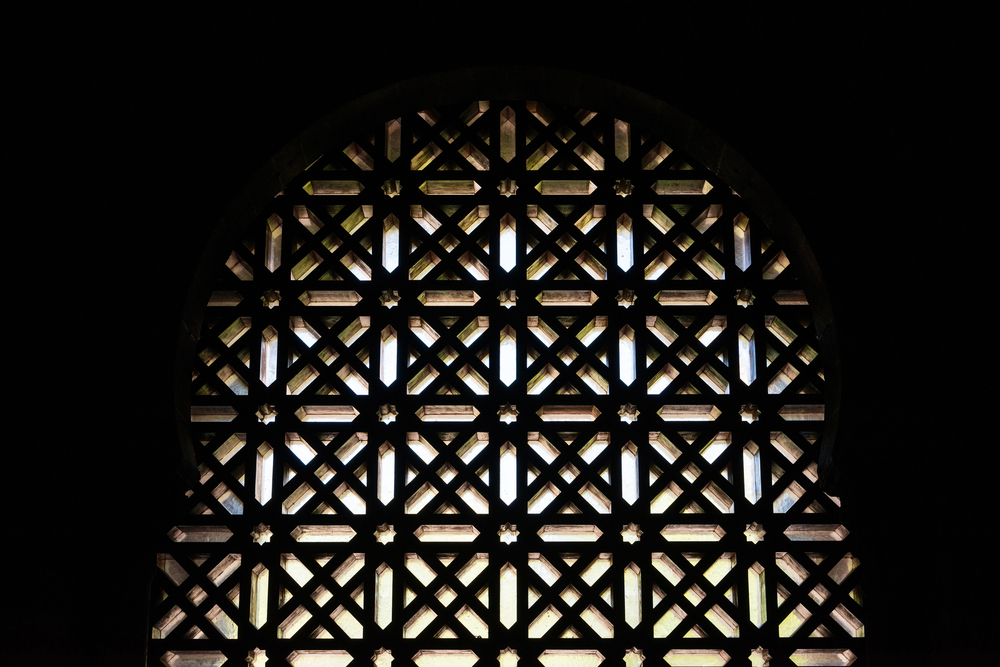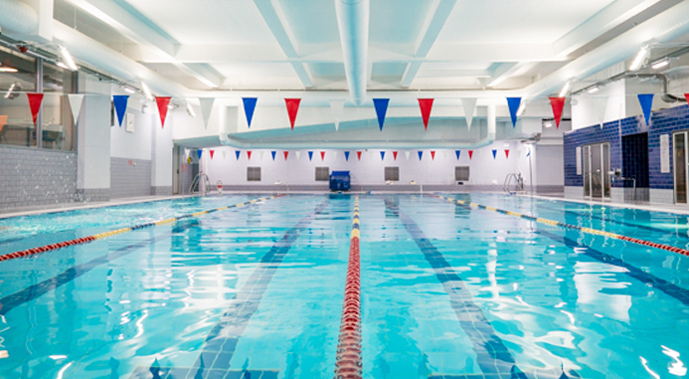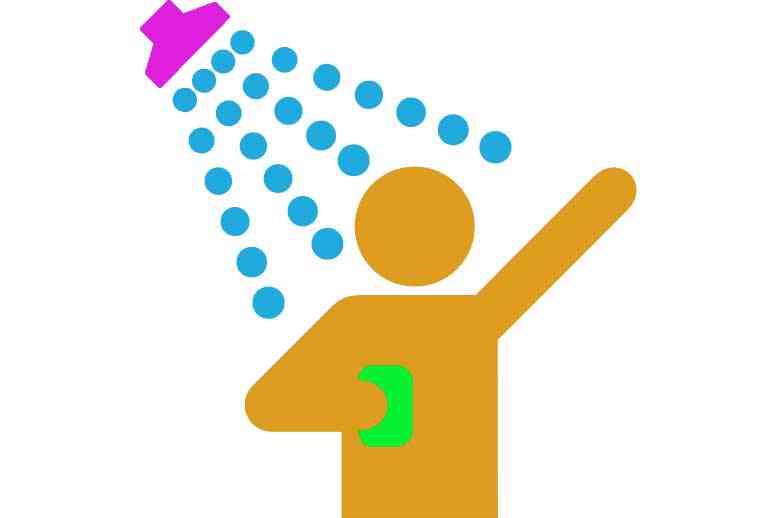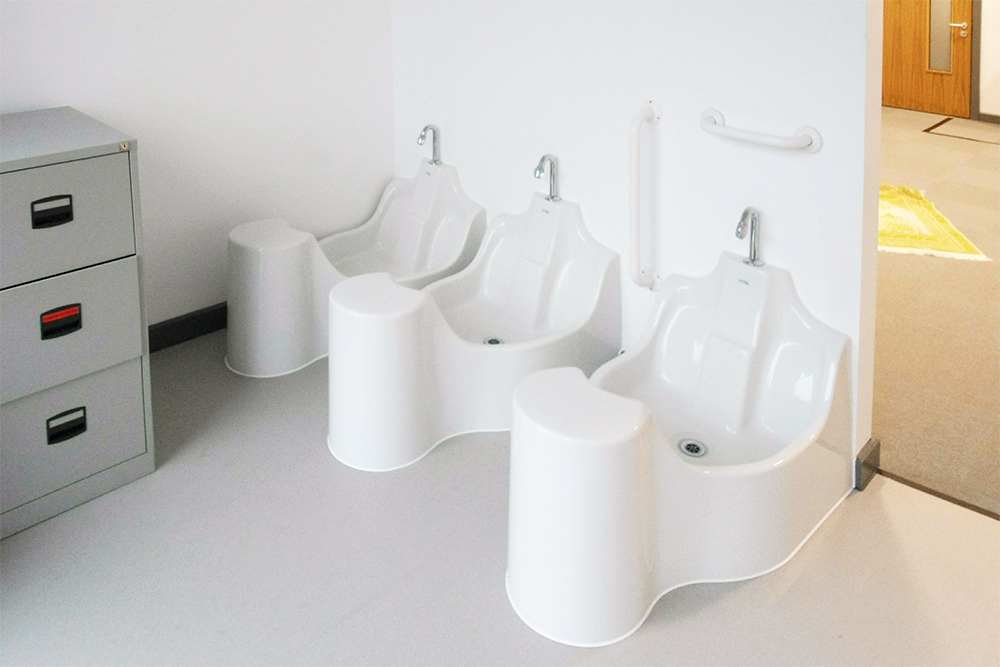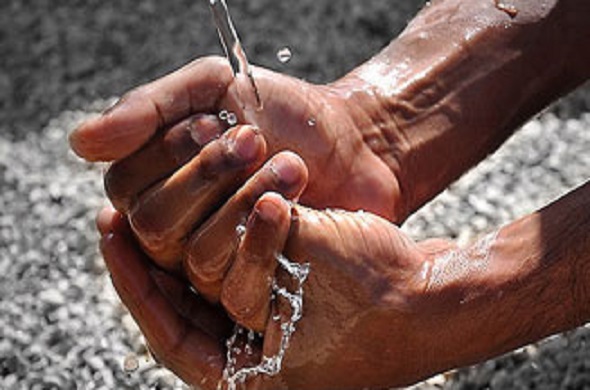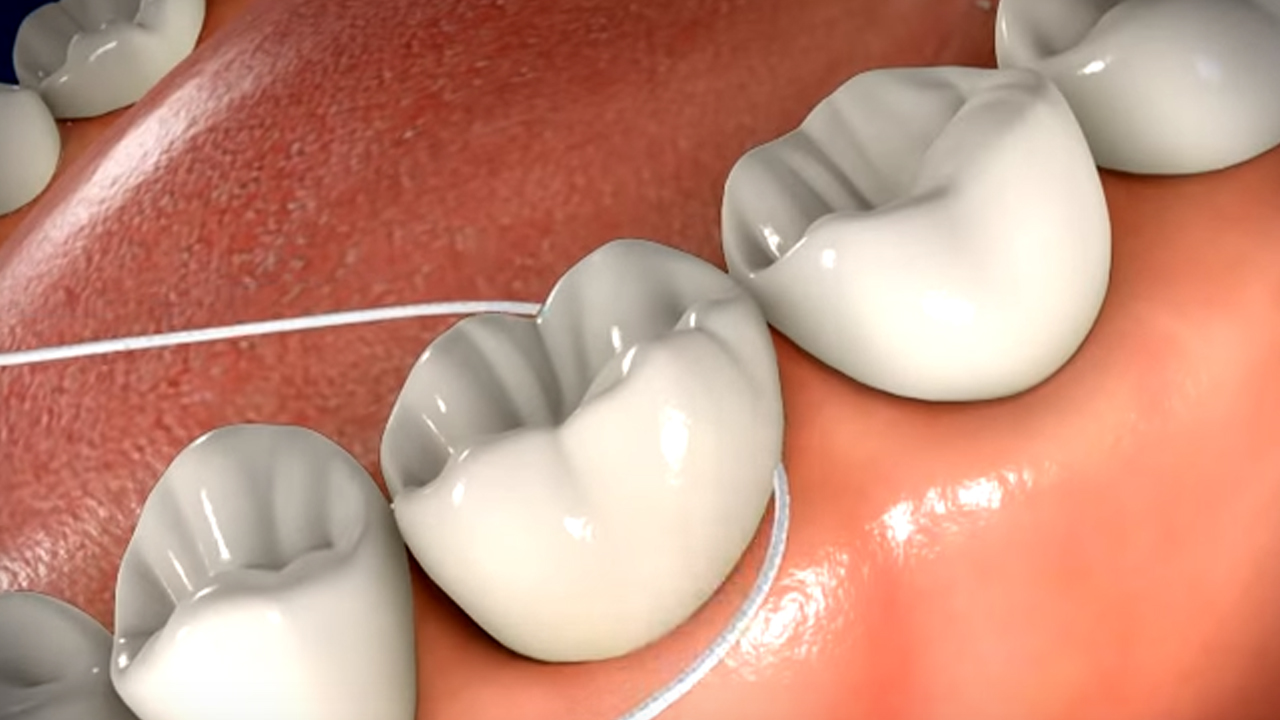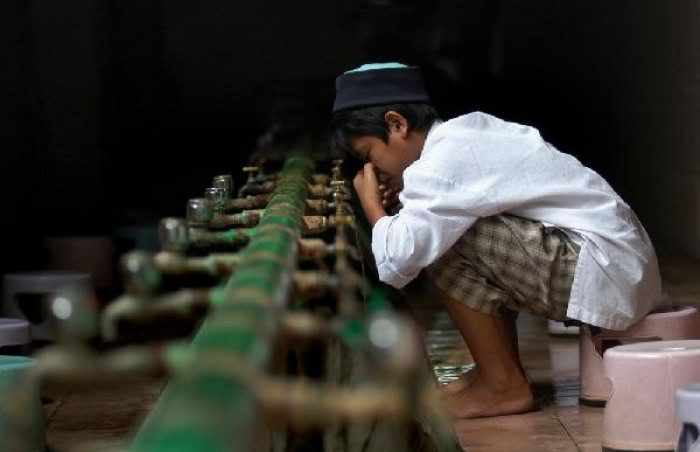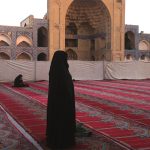QUESTION:
What do the scholars and muftis of the noble Shari’ah say regarding the following matter; what is the method of bathing the deceased according to the Hanafi school of thought?
Questioner: Ukkash from Sheffield, UK
ANSWER:
بسم اللہ الرحمن الرحیم
الجواب بعون الملک الوھاب اللھم ھدایۃ الحق والصواب
Method of bathing the deceased according to the Hanafi school:
- Firstly, fumigate with frankincense, 3, 5 or 7 times, the platform on which the corpse is to be washed. Take burning incense in a container and circle it around the platform for the number of times mentioned.
- Place the body on the platform and cover the area from the navel to the knees using a cloth.
- The person washing the body should cover his hands and perform istinja (of the corpse).
- Then do wudu (minor ablution) as done before salah (the ritual prayer), i.e. wash the face and arms including the elbows, wipe the head and wash the feet. There is no washing of hands up to the wrists, gargling, and sniffing of water into the nose.
- Wipe the teeth, gums, lips, and nostrils using a wet cloth or cotton wool.
- If hair on the head and beard are present, wash them with a clean soap. If a soap is not available, washing with plain water will suffice.
- Turn the body onto its left side and pour water (heated in jujube leaves) from head to toe. The water must reach the platform. Then turn the body onto its right side and do the same. If water heated in jujube leaves is not available, then plain lukewarm water will suffice.
- Make the body sit by reclining on a support. Massage the stomach gently downwards. If any waste leaves the body, then wash it away. It is not necessary to perform wudu and ghusl
- Finally, pour camphor water from head to toe.
- Gently wipe the body with a clean cloth.
It is mentioned in al-Fatawa al-Hindiyyah:
يُوَضَّأُ وُضُوءَهُ لِلصَّلَاةِ ۔۔۔ وَلَا يُمَضْمِضُ وَلَا يَسْتَنْشِقُ، كَذَا فِي فَتَاوَى قَاضِي خَانْ، وَمِنْ الْعُلَمَاءِ مَنْ قَالَ يَجْعَلُ الْغَاسِلُ عَلَى أُصْبُعِهِ خِرْقَةً رَقِيقَةً وَيُدْخِلُ الْأُصْبُعَ فِي فَمِهِ وَيَمْسَحُ بِهَا أَسْنَانَهُ وَشَفَتَيْهِ وَلَهَاتَهُ وَلِثَتَهُ وَيُنَقِّيهَا وَيُدْخِلُ فِي مَنْخِرَيْهِ أَيْضًا۔۔۔ وَالصَّحِيحُ أَنَّهُ يَمْسَحُ رَأْسَهُ وَلَا يُؤَخِّرُ غَسْلَ رِجْلَيْهِ وَالْغُسْلُ بِالْمَاءِ الْحَارِّ أَفْضَلُ عِنْدَنَا، كَذَا فِي الْمُحِيطِ، وَيُغْلَى الْمَاءُ بِالسِّدْرِ أَوْ بِالْحُرْضِ فَإِنْ لَمْ يَكُنْ فَالْمَاءُ الْقَرَاحُ، كَذَا فِي الْهِدَايَةِ وَيُغَسِّلُ رَأْسَهُ وَلِحْيَتَهُ بِالْخِطْمِيِّ وَإِنْ لَمْ يَكُنْ فَبِالصَّابُونِ وَنَحْوِهِ كَذَا فِي التَّبْيِينِ فَإِنْ لَمْ يَكُنْ فَيَكْفِيهِ الْمَاءُ الْقَرَاحُ، كَذَا فِي شَرْحِ الطَّحَاوِيِّ ثُمَّ يُضْجَعُ عَلَى شِقِّهِ الْأَيْسَرِ فَيُغَسِّلُ بِالْمَاءِ وَالسِّدْرِ حَتَّى يَرَى أَنَّ الْمَاءَ قَدْ وَصَلَ إلَى مَا يَلِي التَّخْتَ مِنْهُ ثُمَّ يُضْجَعُ عَلَى شِقِّهِ الْأَيْمَنِ فَيُغَسِّلُ بِالْمَاءِ وَالسِّدْرِ حَتَّى يَرَى أَنَّ الْمَاءَ قَدْ وَصَلَ إلَى مَا يَلِي التَّخْتَ مِنْهُ؛ لِأَنَّ السُّنَّةَ هِيَ الْبُدَاءَةُ بِالْمَيَامِنِ ثُمَّ يُجْلِسُهُ وَيَسْنُدُهُ إلَيْهِ وَيَمْسَحُ بَطْنَهُ مَسْحًا رَفِيقًا تَحَرُّزًا عَنْ تَلْوِيثِ الْكَفَنِ فَإِنْ خَرَجَ مِنْهُ شَيْءٌ غَسَلَهُ وَلَا يُعِيدُ غَسْلَهُ وَلَا وُضُوءَهُ ثُمَّ يُنَشِّفُهُ بِثَوْبٍ كَيْ لَا تَبْتَلَّ أَكْفَانُهُ”
[al-Fatawa al-Hindiyyah, vol. 1, pg. 158]
واللہ تعالی اعلم ورسولہ اعلم صلی اللہ علیہ وآلہ وسلم
کتبہ ابو الحسن محمد قاسم ضیاء قادری
Answered by Mufti Qasim Zia al-Qadri
Translated by the SeekersPath Team
Read the original answer in Urdu here – [Q-ID0435] What is the method of performing ghusl on a deceased person?
Also see:
[Q-ID0595] Should we cut the nails and remove the pubic hairs of a deceased person?



